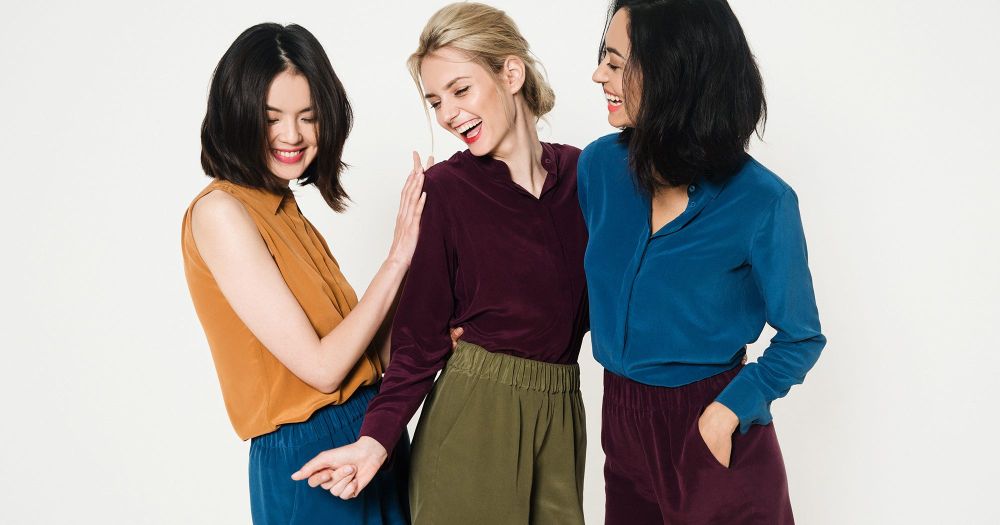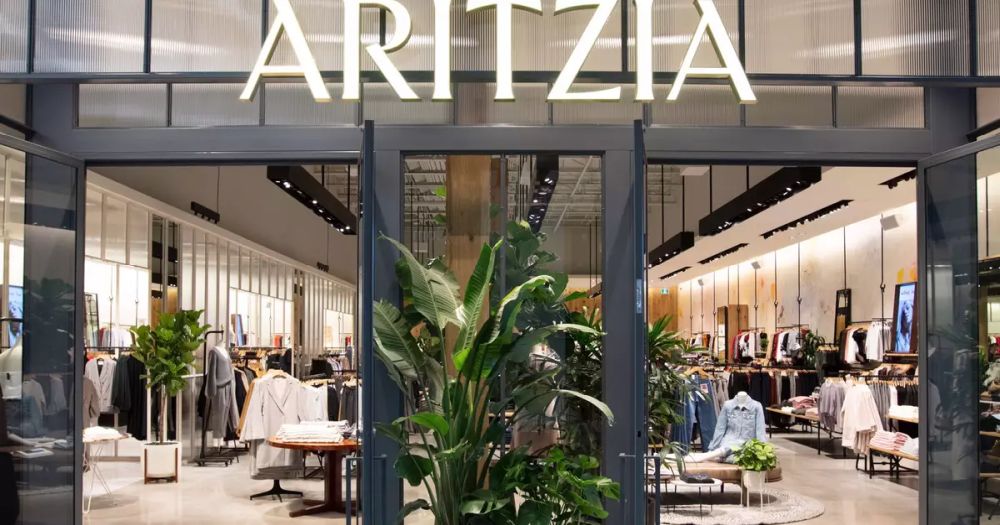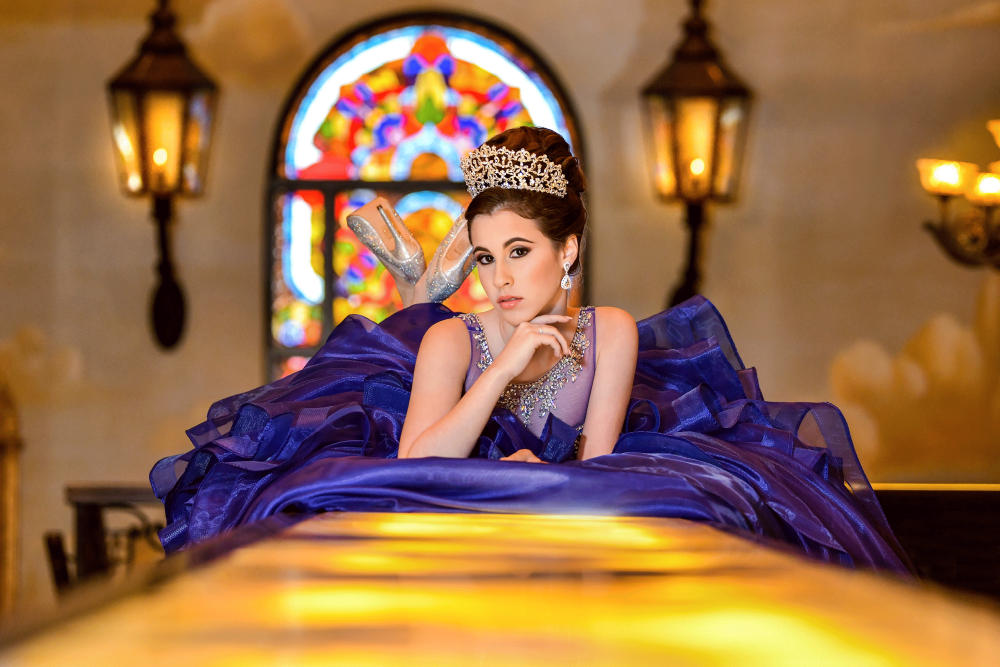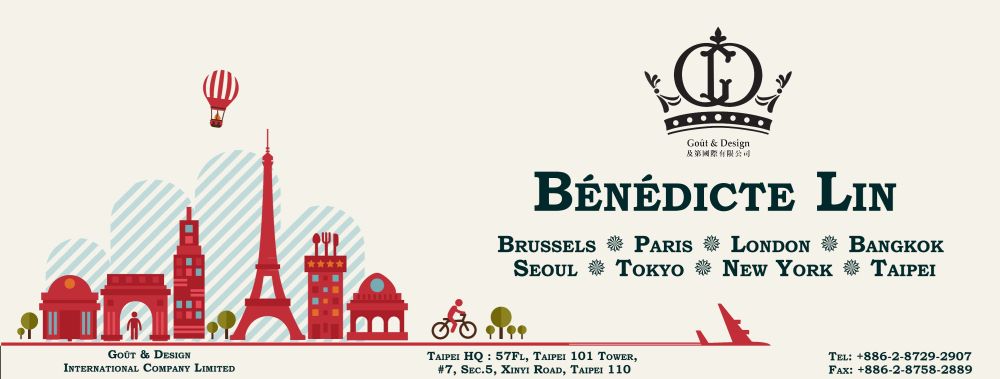In the dynamic landscape of women’s fashion, a palpable shift towards heightened quality consciousness is reshaping the industry. The allure of 100% natural fibers, once associated with luxury, now contends with a concerning decline in garment durability at escalating prices. This paradox sparks impassioned discussions on social platforms, compelling brands to rethink their messaging. This introduction sets the stage for an exploration into the evolving consumer expectations and strategic adaptations within the realm of women’s apparel.

The decline in the quality of women’s apparel, particularly those crafted from 100% natural fibers, has become evident, even within the realm of luxury pricing. There is a perplexing trend where these garments exhibit a rapid deterioration, yet their prices persistently ascend, prompting fervent debates across various social media platforms. Contemporary consumers are now engaging in meticulous research, placing a significant emphasis on the authenticity of materials and the trustworthiness of brand commitments. This heightened scrutiny has given rise to impassioned discussions surrounding garment quality, reshaping the dynamics of the fashion industry.

In response to the discerning consumer focus on quality, certain brands, such as those commonly recognized as market leaders, have strategically shifted their marketing narratives. For instance, without explicitly naming specific brands, companies like Aritzia and Gap are now directing their efforts towards conveying the superior quality of their garments. Noteworthy is the transformation of Quince, once celebrated for offering luxury-for-less, as it strategically adjusted its messaging to emphasize quality, resulting in enhanced conversion rates and overall incrementality. Leveraging platforms like TikTok and collaborating with YouTube creators for detailed content on item quality, Quince positions itself as a more affordable alternative to established brands.

Amidst this evolving landscape, luxury online marketplaces, like Italic, are aligning with the prevailing trend of quiet luxury. This shift in consumer preference has manifested in a heightened interest in garments crafted from quality materials, such as cashmere. Brands like Italic strategically highlight the technical qualities of their products, catering to a consumer base that values craftsmanship and the allure of luxury. Simultaneously, sustainability concerns, intertwined with the preference for natural materials, reverberate throughout the industry. Brands like Quince navigate this landscape cautiously, avoiding green washing while acknowledging the environmental impact, subtly incorporating it into their marketing efforts. As consumers act as vigilant watchdogs, there is a growing demand for more natural materials, with an underlying expectation for the fashion industry to adhere to sustainable practices. In essence, the industry is experiencing a noteworthy shift towards heightened quality consciousness, prompting brands to adapt their messaging to align with the evolving expectations of consumers.

As the fashion landscape evolves, a discernible emphasis on quality and authenticity emerges, reshaping consumer expectations. Brands navigate this paradigm shift, strategically adjusting marketing narratives to address heightened scrutiny. From established market players to emerging alternatives, the industry witnesses a collective response to the demand for enduring, responsibly sourced garments. In this era of consumer vigilance, the trajectory leans towards a fashion realm where material integrity and sustainability play pivotal roles, reflecting a substantial transformation in the pursuit of conscious consumerism.

